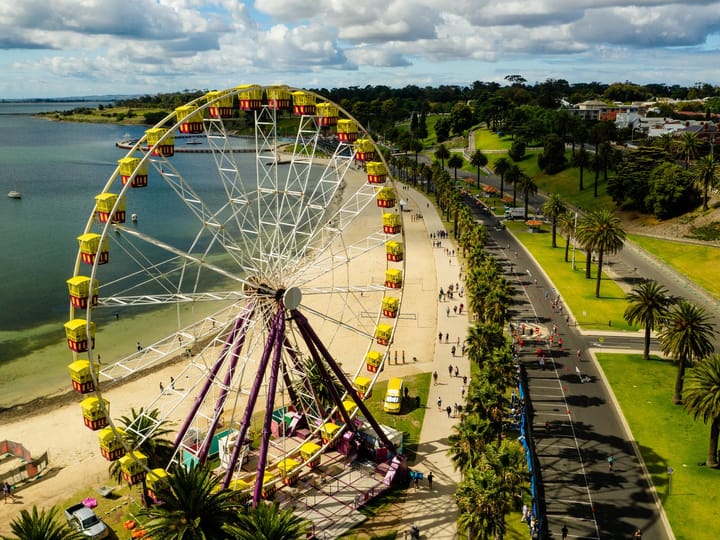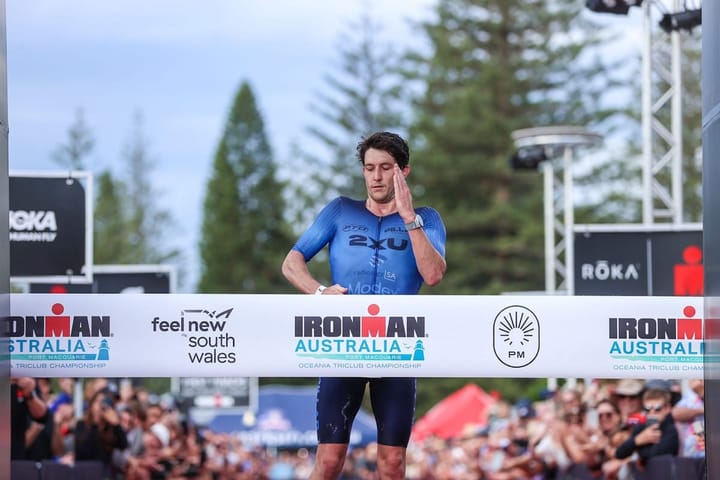How to Stay safe, Warm and Motivated During the Winter Months
It’s always important to think about your safety on the road and now that daylight savings has come to an end, it’s important to ‘light up’ your bike. With winter fast approaching, your early morning and/or evening rides will be done in the dark or with very little daylight, so you need to get some

It’s always important to think about your safety on the road and now that daylight savings has come to an end, it’s important to ‘light up’ your bike.
With winter fast approaching, your early morning and/or evening rides will be done in the dark or with very little daylight, so you need to get some lights on your bike. My motto is that you can’t overdo it, and so as a minimum, you should always have a front light and back light. I also clip a red flashing light to the back of my helmet to help vehicles see me.
Find yourself some bike lights
There is a vast array of lights to choose from so head down to your local bike shop and see what you can find. If you are riding in complete darkness, you will need a front light that transmits a strong beam of light well ahead of your bike. You don’t want to put yourself in danger by not being able to see very far in front of you, especially if you are riding at high speed. Your reaction time will be somewhat reduced by the darkness, so ensure you have a light that allows you to see well up the road. Some lights will have rechargeable batteries that require recharging after each ride. Other lights will be fitted with either AA or AAA batteries, depending on the size of your lights. As a helpful tip, it’s cheaper to buy batteries in bulk and this way, you will always have some on hand if a battery runs dry.
I like to get extra flashing lights and secure these to the front forks and rear chain to help vehicles from side streets see me. There are tiny frog lights that come with a rubber band and simply stretch around any part of your bike. I always leave two of these clipped to my bike, so if I get caught out at dusk, I have some lighting to help vehicles see me on the road.
Choose your clothing wisely
Not only do you want to train in warm, lightweight, sweat wicking lycra, but by choosing a brighter or lighter colour for your winter training, you will increase your chances of being easily seen on the road. Try not to train in dark plain colours as you will more easily blend into the black tarmac and be difficult to see. A lot of cycling clothing, such as wind vests, rain jackets and arm warmers, are made with reflective fabric or reflective taping, which are great for night-time rides.
Your local bike shop will have a good selection of clothing to help you dress properly for winter training. Remember that for cycling, it is better to wear layers of clothing. After your warm up, you can remove some external clothing to do your training session, without overheating. Most cycling jerseys have back pockets to carry excess clothing and food. If the weather changes or you are cooling down, it’s easy to rug up again and not get cold.
How to get motivated
The triathlon season is coming to a close and it’s time to think about your winter training. This is a good time to plan some new goals. Write down your goals and keep them somewhere visible so you can read them. Remember to set realistic goals – there is no point hoping to become an elite level world champion if you work a 40-hour week, have a mortgage, three kids and you can only train eight hours per week. Perhaps a more realistic goal is to progress from finishing in the top 30 to finishing in the top 20. Maybe you would like to improve your bike time from last season.
By setting goals, you will have given yourself a purpose for training. For many people, getting fit or losing weight is their primary goal. Sometimes it helps to add to this goal by setting yourself targets in each discipline of the triathlon over the winter. For example – measure out a five-kilometre run course and time yourself. See if you can improve on this time each month. As your time improves, you will realise you’re getting fitter and stronger.
Finding inspiration
People find inspiration in many forms. Some watch Tour de France videos and get so inspired they could run out and ride in rain, hail or snow, as they try to emulate their hero. Other athletes imagine the person they want to beat next season, and this inspires them to train hard in all weather conditions. The trick is to find something, a poster of your favourite athlete, uplifting music or something else, that motivates you to train during winter.
Whatever inspires you to train over winter, you will benefit from enjoyment and better health and fitness through exercise.





Comments ()